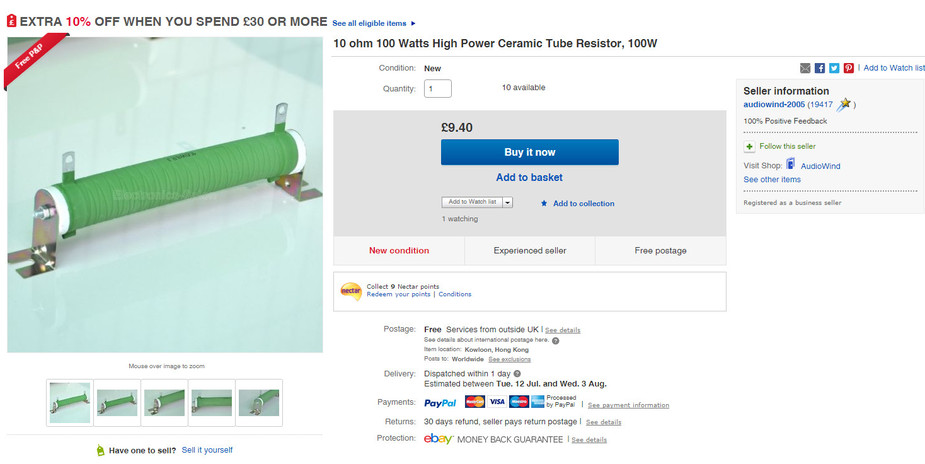We do have Tanis heaters on all aircraft, rest assured!
G
Good for you! Where are you located @GaryStorm? So far this year we have not seen much of sub-zero temperatures except maybe for this (LZIB – Bratislava) :


I have just load tested my 4 year old Concorde battery, RG24-15.
It had 90% capacity.
Not bad!
The test was done at 8A.
Battery activation and testing (and Concorde battery installation in EASA-reg)
Hello all,
Hope this has not been already debated many times.
- Has somebody have an affordable constant current charger to recommend for activating a new gill battery (G242)? Gill says that the needed charging current is 3A.
Does a current current charger really make a difference?
- Does anyone has a procedure or a DIY device to perform a battery capacity test.
Capacity testers are too expensive for my little use…
Thank you for your help.
Thomas
A 3A constant current charger is a straightforward concept in electronics but I have never heard of anyone following this recommendation with aircraft batteries. Everybody I know just buys it and throws it in.
I think what is important is to initially charge it gently, not whack 30-50 amps into it which is what would happen if you connect the 28V aircraft bus to it.
So use an adjustable power supply, set it to say 24.0V, connect the battery to it, and adjust the voltage until it draws say 1A-3A, then keep adjusting the voltage until that sort of current is achieved at 28V and then the battery is fully charged.
For capacity testing, I believe there is a specific requirement but if you just want to do it yourself, a reasonable load comprising of a power resistor will do the job. Something like this

will draw about 2.5A from a 24V battery and then you can just time how long the battery lasts before the voltage collapses, which it will do fairly suddenly. For a more realistic result, buy more than one and if e.g. your plane draws 10A then use four, in parallel.
This is how I load test batteries from UPSs. Usually one finds that out of say 8 batteries in the UPS (which is reporting “dead battery”) 5 are dead and 3 are fine and can be used for something else. I also re-use Concorde batteries from my plane, when they fail the official load test, for UPSs, and they continue to run for years there.
Peter wrote:
So use an adjustable power supply, set it to say 24.0V, connect the battery to it, and adjust the voltage until it draws say 1A-3A, then keep adjusting the voltage until that sort of current is achieved at 28V and then the battery is fully charged.
If you have a decent power supply you would (without the battery connected) set the voltage control at 28.0 Volt, then turn the current control closed. Connect the battery, and turn the current control to 3A. The voltage will now likely be below 28 Volt and the power supply is now in constant current mode. This is the same as a Gill charge, charge it a 3A constant current, until the 28 Volt point is reached, at which is switches the constant voltage mode. At this point it no more tries to do 3A but keeps the voltage at 28 Volt, resulting in a lower current.
What need to buy the resistor? (though it is less expensive than I would have expected.) A couple of car bulbs will do as well. For 28V get truck bulbs, or use two car bulbs in series.
BTW I agree that everybody buying a new battery simply installs it in place of the old one, and flies off. Probably after a night on the charger. But didn’t I hear these Gill batteries have a poor reputation? Could that be because nobody applies this 3 amp charge?
Connect the battery, and turn the current control to 3A
True, if your power supply has a constant current mode. I guess all the chinese ones – example – have now…
A couple of car bulbs will do as well. For 28V get truck bulbs, or use two car bulbs in series.
A very very variable current draw…
Gill batteries are indeed poor compared to Concorde ones, but
Thank you Peter and Jesse!
I am going to try with a power supply ISO a classic charger.
For the capacity test, if I understand well the Gill maintenance manual, for the G242, I need to draw 10A until the voltage reach 20V and check if this has taken more than 48 minutes.
With a constant load resistance, the current will vary… Do you think it is acceptable anyway?
Do the official capacity testers continuously adjusts their resistance to draw a constant current?
By the way, what do you check exactly with the Socata battery testing procedure (master off, lights on, master on, voltage check)?
Yes, I need to check the option of installing a Concorde battery under EASA fir TB9 and TB20.
Thank you
Thomas.
Do the official capacity testers continuously adjust their resistance to draw a constant current?
The “real” electronics gurus use what they call a dummy load, an adjustable constant current source. the beter designs can even be switched between “ohmic” behaviour and constant current. It would be overkill to acquire such a device for a one-off operation, IMHO, even if they are not really difficult or expensive to build.
This schematic should give an idea of what is involved, though a few details would need to be added.